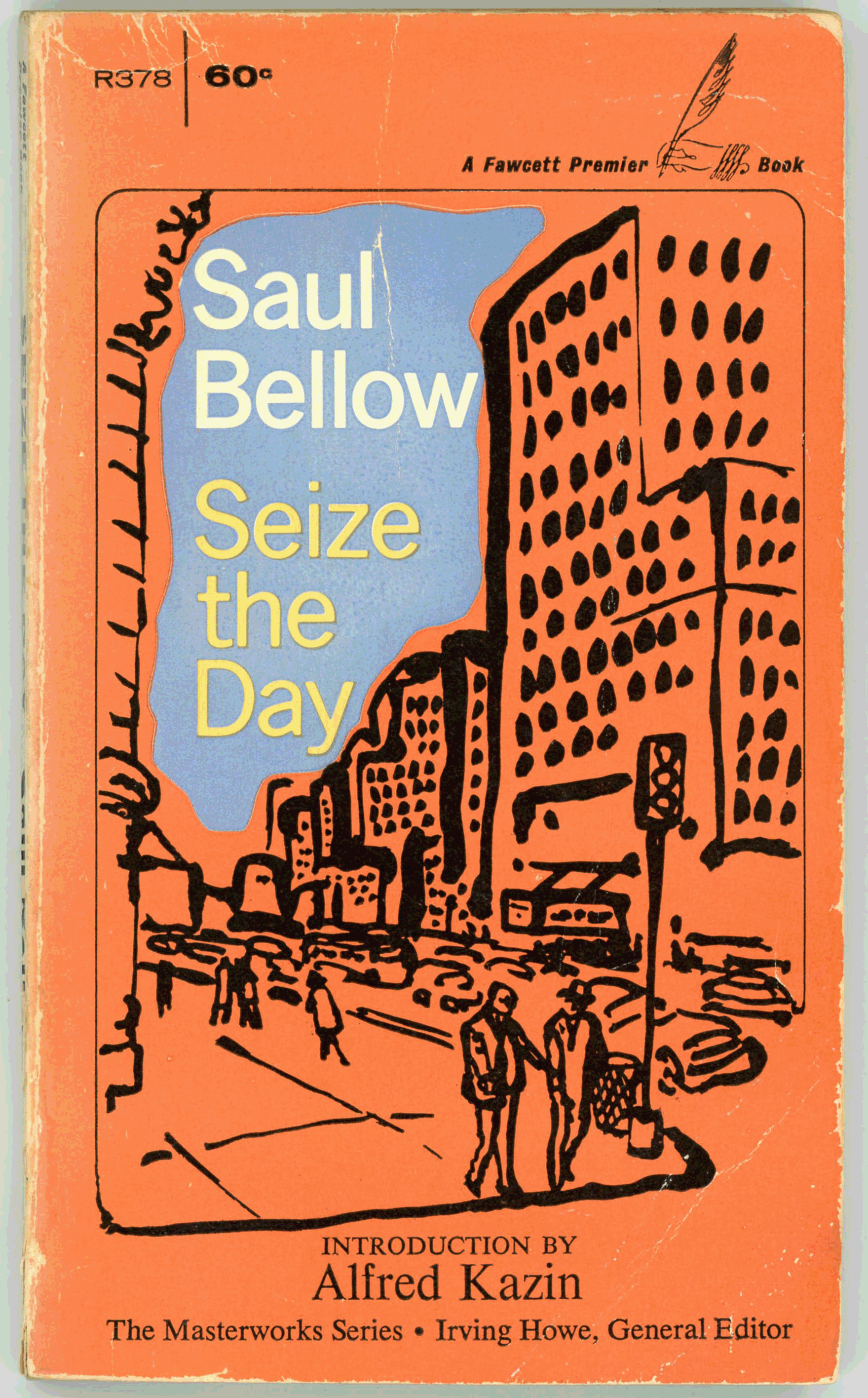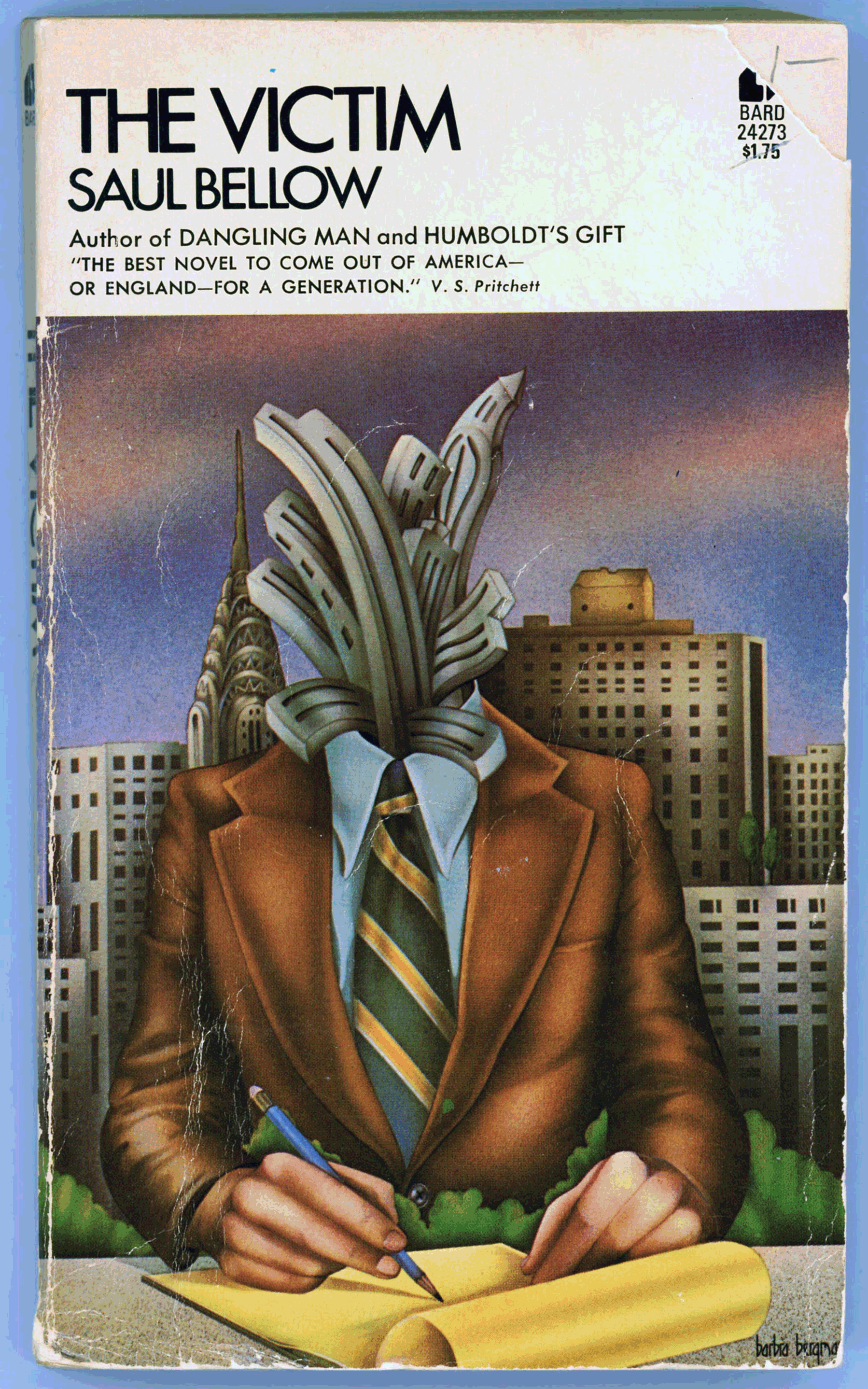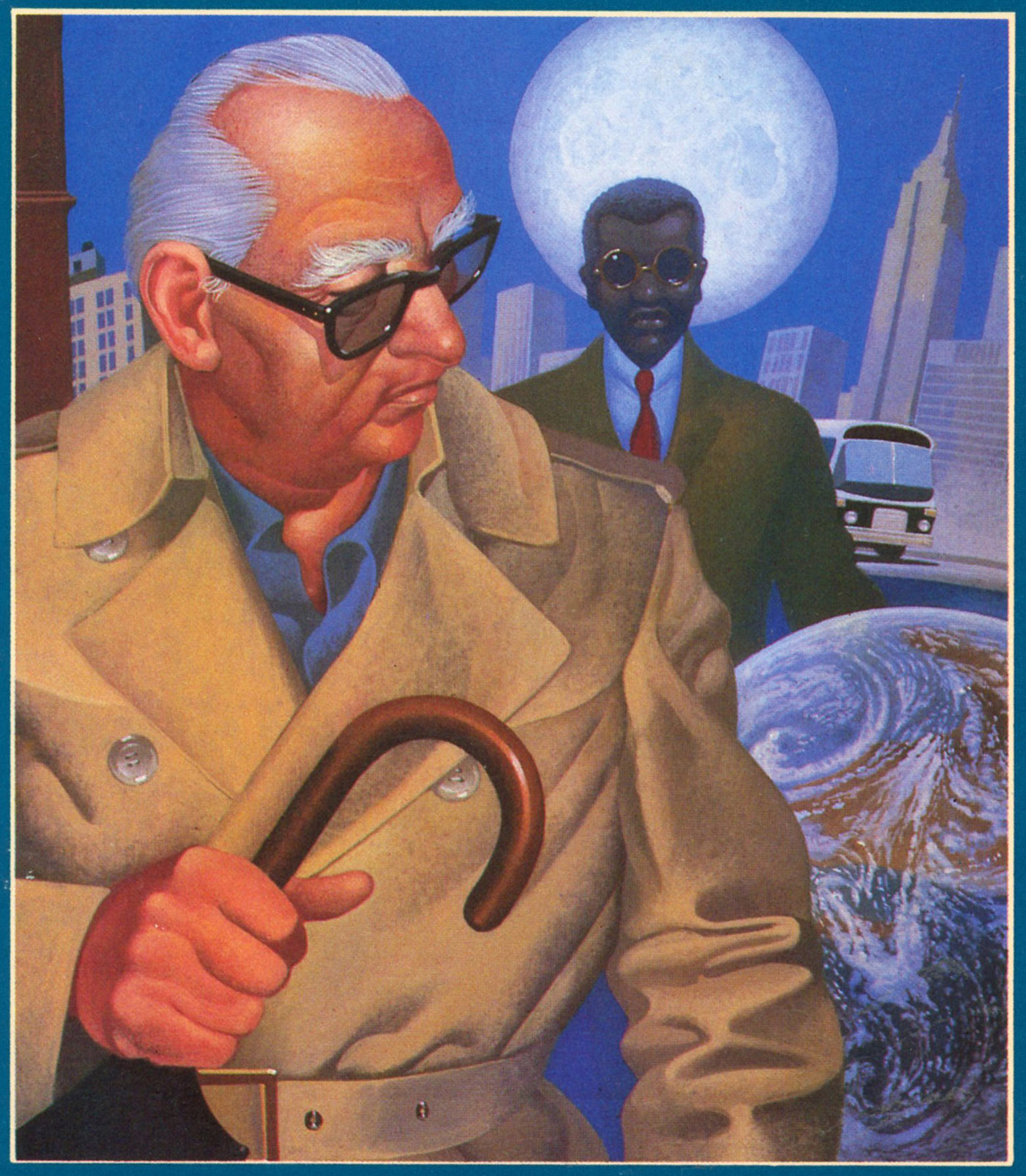Like Great Chinese Short Stories, I’m presenting Great Jewish Short Stories far more for virtue of its content that its cover. The latter is nice enough and entirely appropriate, but nothing that too dramatic, thus, leaving not-too-much to discuss.
The content, of which there is very much, taking precedence, I’ve included links to a variety of websites for eighteen of the nineteen authors whose works appears in the book, as well as to the Apocrypha and Aggadah.
Tobit, from the Apocrypha
The Lord Helpeth Man and Beast, from the Aggadah
Hadrian and The Aged Planter, from the Aggadah
The Rabbi’s Son, by Reb Nachman of Bratzlav
The Judgement, by Martin Buber
The Rabbi of Bacherach, A Fragment, by Heinrich Heine
On Account of a Hat, Hodel, by Sholom Aleichem
Cabalists, by Isaac Loeb Peretz
Bontsha the Silent, by Isaac Loeb Peretz
If Not Higher, by Isaac Loeb Peretz
The Golem, by Isaac Loeb Peretz
The Kerchief, by Samuel Joseph Agnon
Buchmendel, by Stefan Zweig
Horse Thief, by Joseph Opatoshu
Repentance, by Israel Joshua Singer
The Story of My Dovecot, by Isaac Babel
Awakening, by Isaac Babel
Gimpel the Fool, by Isaac Bashevas Singer
The Old Man, by Isaac Bashevas Singer
The Marked One, by Jacob Picard
My Aunt Daisy, by Albert Halper
The Magic Barrel, by Bernard Malamud
The Solitary Life of Man, by Leo Litwak
King Solomon (published in Harpers, July, 1956), by Isaac Rosenfeld
Epstein, by Philip Roth
Goodbye and Good Luck, by Grace Paley
A Ghetto Dog, by Isaiah Spiegel
______________________________
References, References, and yet more References!
The Apocrypha, at…
Aggadah, at…
Rabbi Nachman of Breslov, at…
… The Essential Rabbi Nachman (Wayback Machine)
Martin Buber, at…
Heinrich Heine, at…
Sholem Aleichem, at…
Isaac Leib Peretz, at…
Shmuel Yosef Agnon, at…
Stafan Zweig, at…
… The Spectator (“Stefan Zweig: the tragedy of a great bad writer”)
Joseph Opatoshu, at...
Israel Joshua Singer, at…
… Yivo
… Geni.com
Isaac Babel (Исаак Эммануилович Бабель), at…
… Lib.ru (prose, in Russian)
Isaac Bashevas Singer, at…
Jacob Picard, at…
… de.Wikipedia (in German)
Albert Halper, at…
… WikiZero
… Internet Movie Database (My Aunt Daisy)
… The New York Times (Obituary: “Albert Halper Is Dead at 79; Was Novelist and Playwright”, January 20, 1984)
Bernard Malamud, at…
… Internet Movie Database (Filmography)
Leo E. Litwak, at…
… SFGate (“Leo Litwak, World War II combat medic turned English professor, dies at 94”, by Sam Whiting, July 28, 2018)
Isaac Rosenfeld, at…
… The New York Times (“The Literary View”, by Richard Locke, mentioned in passing, July 10, 1977)
… Commentary (“Isaac, with Love and Squalor”, by Joseph Epstein, July-August, 2009)
Philip Roth, at…
… GoodReads (Philip Roth Best Books)
Isaiah Spiegel, at…
… Vimeo (A Ghetto Dog (HQ))

















